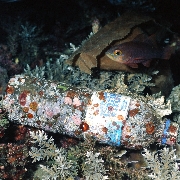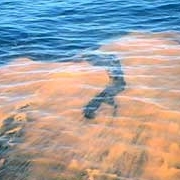1. Introduction
What is Marine Pollution?
"That's obviously the contamination of sea water" you may think.
And, of course, you are perfectly right! But - what does it take to pollute water? And how much of it is needed for it to be harmful?
| Does a plastic bottle at the bottom of the ocean harm marine wildlife? | Are harmful algae a form of pollution even though they are plants? |
| Do oil spills that originate from natural oil seeps pollute the sea water? | Are chemicals spillt at sea harmful even if we don't see them? |
There are a few things to think about:
- Does the nature of the substance (the pollutant) make a difference? (whether it is a plastic water bottle or a tin)
- Does the amount of the substance play a role? (whether it is one bottle or two)
- Are humans involved or is there such a thing as 'natural pollution'? (e.g. in the form of harmful algae or natural oil seeps)
What do you think?
As you can imagine people had to agree on what marine pollution is in order to be able to prevent and combat it.
This is the definition of marine pollution commonly used:
Direct or indirect introduction by humans of substances or energy into the marine environment (including estuaries),
resulting in harm to living resources, hazards to human health, hindrances to marine activities including fishing,
impairment of the quality of sea water and reduction of amenities.
Source: United Nations, Glossary of environment statistics
Source: United Nations, Glossary of environment statistics




